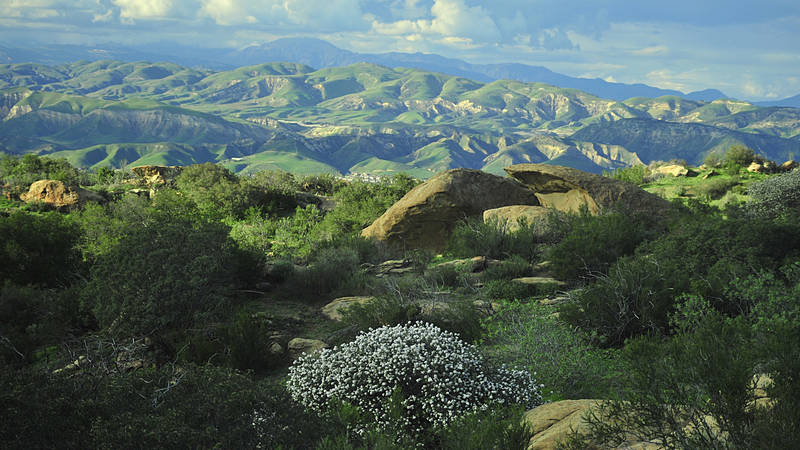Through individual stories from parks around the country, this report describes how air pollution harms our national treasures. The report also recommends ten specific steps that our government representatives and all of us can take to clean up harmful air pollution and protect our national parks for future generations.
Air pollution affects nearly everything we value about America’s national parks. It can degrade habitat for the plants and animals that call the parks home, put the health of park visitors and staff at risk, cause physical damage to symbols of our heritage, and mar the scenic horizons that reveal the grandeur of our land.
Nearly 30 years ago Congress passed landmark amendments to the Clean Air Act meant to rid our national parks of harmful air pollution and leave them unimpaired for future generations. Although stronger clean air laws have helped lessen the pollution problem overall, reducing levels from near-crisis conditions that existed in many parts of the country in the 1960s and 1970s, much more remains to be done. Today, millions of Americans — more than two in three — live in areas where pollution exceeds limits set by the Environmental Protection Agency to protect health and the environment.
And the challenges of cleaning up air pollution will merely intensify in the coming months and years as demand for energy increases, instability in oil-producing regions abroad continues, and the nation maintains its keen focus on highly polluting fossil fuels.
Most of the four major pollutants affecting the parks — sulfur dioxide, nitrogen oxides, carbon dioxide and mercury — are a byproduct of fossil fuel use. And much of the pollution is generated by coal-fired power plants. Currently throughout the country, more than 150 new coal-fired power plants are in various stages of planning and development. Unfortunately, state and federal regulators are not requiring that these plants use the most effective pollution control technologies available today.
The national parks are at a critical turning point. The decisions we make today about how we meet growing energy demand will affect park air quality for generations to come. We will either remain on the slow but steady path of cleaning up the air in our parks and communities or further impair the habitat, health, heritage and horizons of the nation’s treasured parks.
Through individual stories from parks around the country, this report describes how air pollution harms our national treasures. The report also recommends ten specific steps that our government representatives and all of us can take to clean up harmful air pollution and protect our national parks for future generations.
-
General
-
- NPCA Regions:
- Mid-Atlantic
- Midwest
- Northeast
- Northern Rockies
- Northwest
- Southeast
- Southwest
- Texas
- Pacific
-
-
Issues


